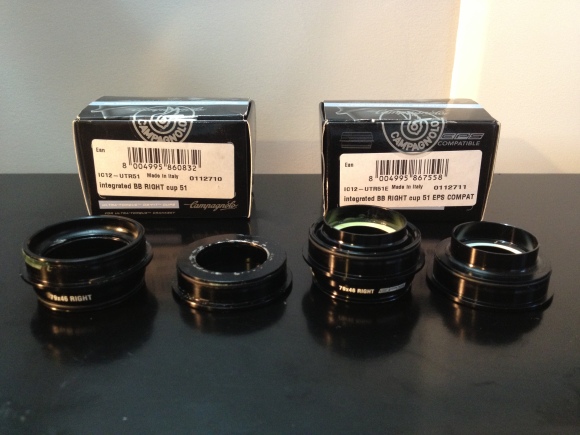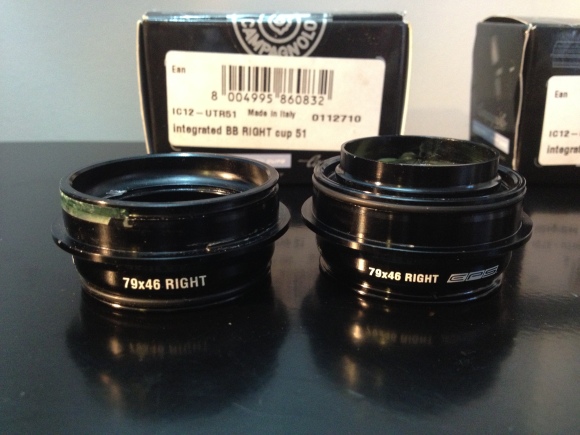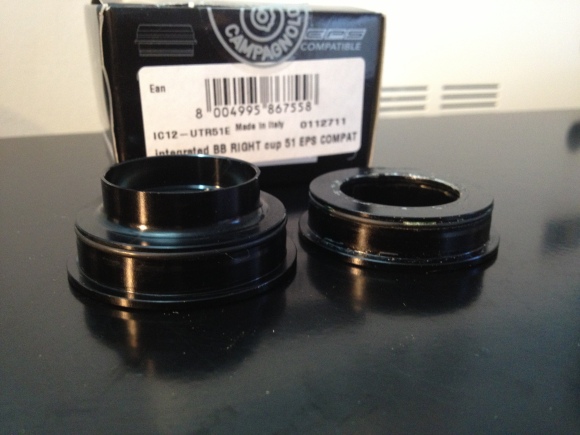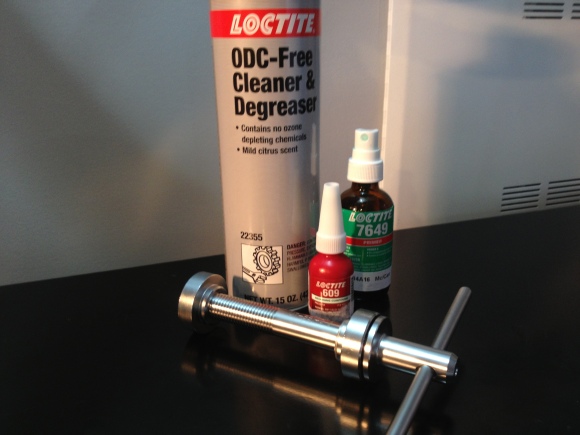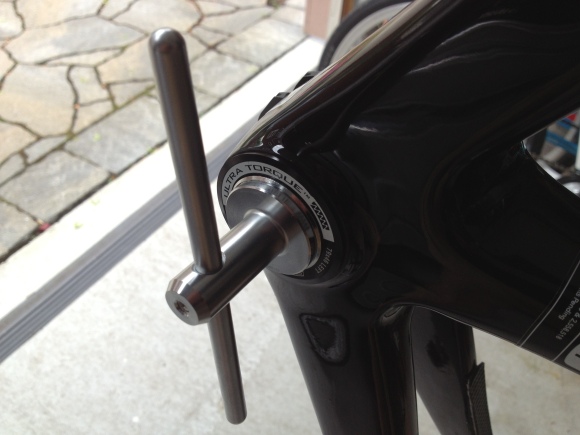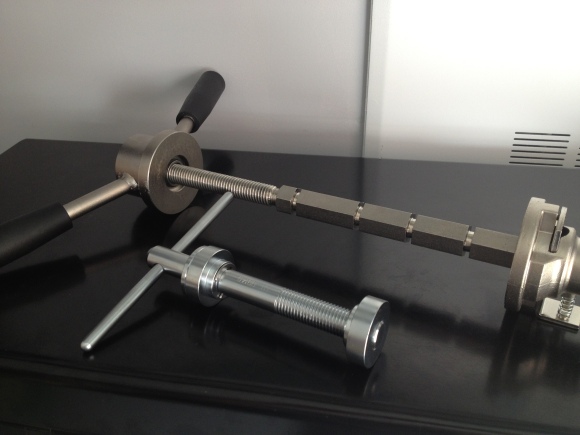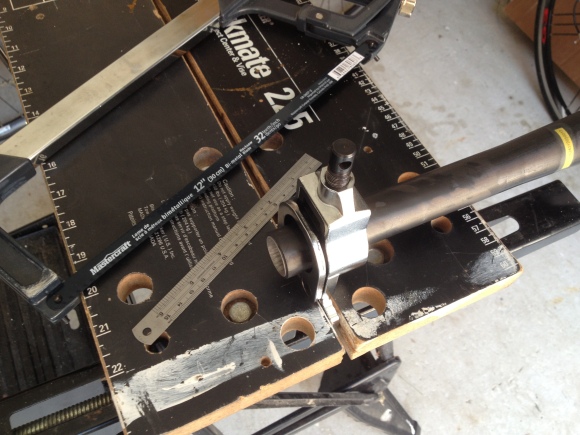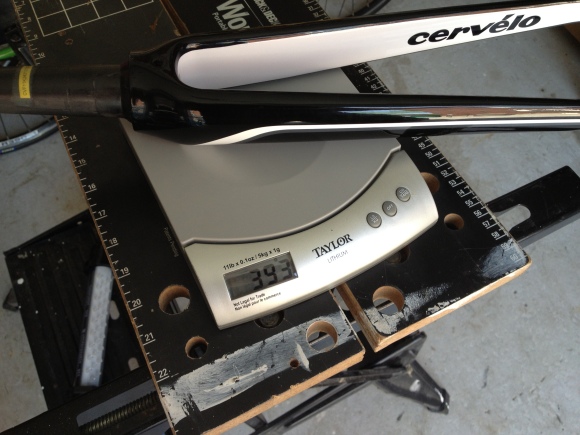A while back I disclosed my dissatisfaction with the assembly instructions for bearing cups for Cervelo BBright frames. In short, the instructions provided by Cervelo BBright are simply not clear with respect to the materials and procedures for pressing bearing cups into their frames. If alternative or revised instructions have been made available to authorized retailers, I would encourage that documentation be passed along.
Loctite, fortunately, has a myriad of documentation associated with their products, as well as product guides and best practice / procedures. Two of the best documents with respect to press fit assemblies I found are here and here. I would highly encourage others to review their documentation to get a clear understanding of how retaining compounds are used, and how to select the appropriate retaining compound for the job.
Following the guide outlining the best practices for Bonding non-threaded cylindrical metal assemblies, I come to the first decision criteria – “IS THE ASSEMBLY BADLY WORN?”
No, but I decide to measure the diameter of the two parts in question with my micrometer anyway – the BBright bottom bracket and the Campagnolo Ultra-Torque OSfit adapters. The left cup measured 46.0mm even, and the right cup measured 46.04mm. The BBright shell varied from right side to left side, but fell within the Cervelo specifications of 45.88 to 45.96mm. Given the errors in accuracy of my 25$ micrometers, and the difficulty in measuring a cylindrical assembly freehanded, my measurements of 45.86, 45.92, 45.90 and 45.96 are all in the ballpark.
So, Campagnolo cups – 46.0mm, BBright Shell 45.90mm ave. Given the diameter of the cups are 0.1mm larger than the BBright shell, one would imagine that a retaining compound is not even necessary in this situation and that, according to the BBright instructions, all that is needed is to grease and press them in for a tight fit.
Nevertheless, out of prudence, I am going to go the Loctite route, and use a retaining compound anyway. This is given the difficulties others have had with the Campagnolo cups and grease only.
So, continuing to follow the Loctite guide, I am faced with another decision on the tree – “Will the parts be dismantled later for maintenance? e.g., bearings, sprockets and sheaves”.
Yes. So I can use, according to Loctite, either 641 or 609. Ok. Done. 641 for low strength applications, 609 for medium strength applications. The principal differences between the products being their gap filling capability and their shear strength (read – ease of removal).
But what of the 680 mentioned in the BBright instructions ? Ahhh…..it would appear this retaining compound is recommended when disassembly is not required. Hummmm…..I take that to be “permanent”.
I don’t know about you, but the idea of permanently fixing a 50$ aluminum cup that could potentially wear over time, into a 2000$ frame frame that should theoretically last longer than the cup seems a bit shortsighted and might be something worth mentioning by the manufacturer (Cervelo). Again, not to crap all over Cervelo, but really, those assembly instructions are the best you could manage ? I submit another 15 minutes would have all that would have been needed to put together a better document. The caution about the use of 680 and the potential for permanently fixing the cup to the frame might have been nice, too. What if the customer wanted to change cranks down the road ?
Ok, so 641 or 609 and we are go to go, right ?
Ahhh, but wait. We have only covered the criteria for the proper Loctite product selection. Now we need to examine the proper method for use. This is where the cleaners, primers and the proper application to the parts of the assembly come into play.
Stay tuned for Part II.
 My Garmin 310 popped off my handlebar mount after hitting a particularly nasty-bumpy-deteriorated-and-crumbly bit of road and went under my rear tire. The tread-mark is pretty evident.
My Garmin 310 popped off my handlebar mount after hitting a particularly nasty-bumpy-deteriorated-and-crumbly bit of road and went under my rear tire. The tread-mark is pretty evident.
